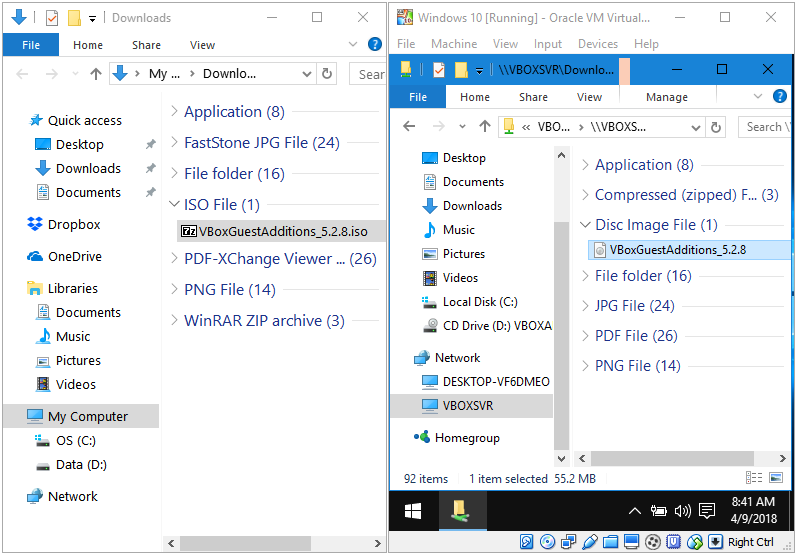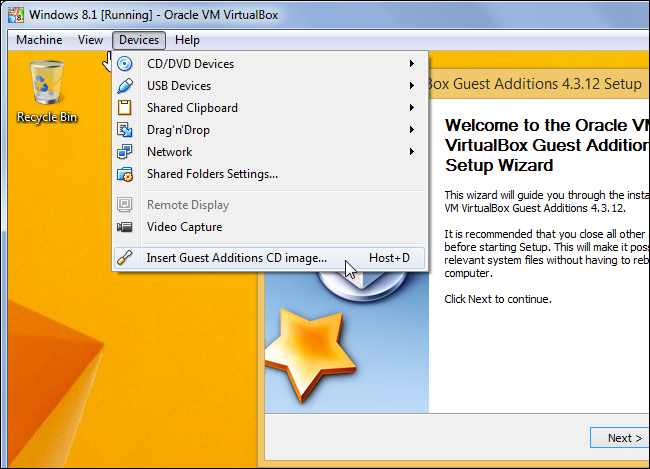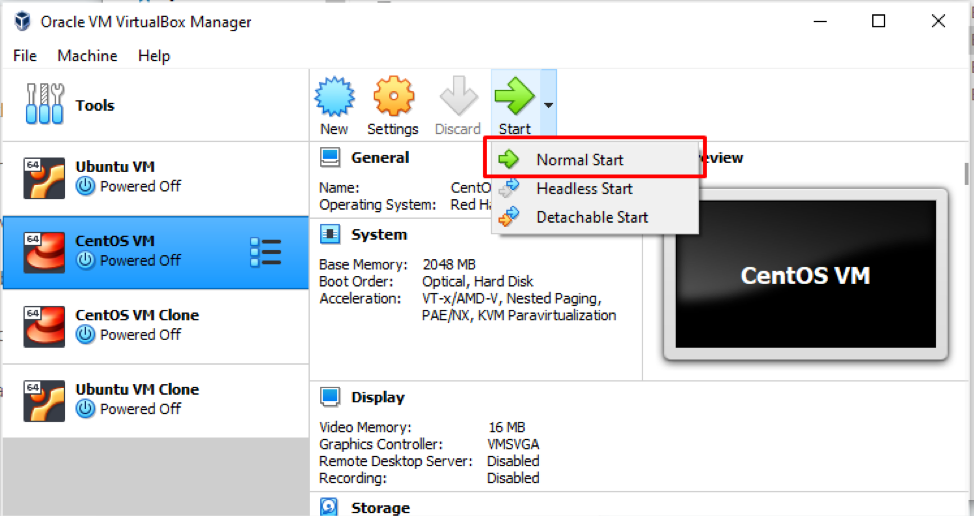

Use enhanced session mode to copy files from host to VM You can power on the virtual machine and access to the copied files in Hyper-V VM. When completed, right-click the mounted disk drive and select Eject to dismount the VHD. Copy the files to the virtual hard disk as you want. It will map the VHDX file as a local disk drive.ģ. Locate the path of virtual disk file and right-click it, then select Mount. Shut down the virtual machine first, then go to mount the VHD to the Hyper-V host.Ģ. Mount the virtual hard disk to the host machineġ. If you need to copy a large number of files to a Hyper-V virtual machine, this method may not be very practical since the command will be error-prone and complicated for management. Tip: The CreateFullPath parameter ensures creation of the destination folder inside the guest operating system if it doesn't exist.

PS C:\> Copy-VMFile "VMName" -SourcePath "F:\Test.txt" -DestinationPath "C:\Temp\Test.txt" -CreateFullPath -FileSource Host You can copy the files from the host (source) to the guest Hyper-V virtual machine (destination) using this Copy-VMFile command. Use Hyper-V PowerShell cmdlet to copy filesīefore you start sharing files to virtual machine, please enable the Guest Services under Hyper-V Manager Integration Services. Now you can transfer the files between the Hyper-V host and guest easily. Open a Hyper-V virtual machine, open This PC, select Add a network location to this VM, and paste the path of the shared folder into the box, and click Finish. Then you should access to your Hyper-V to add the network location into virtual machine.Ĥ. You have created a shared folder in the local machine. Review the folder and copy the link of it. Add Everyone and change the Permission Level as Read/Write.ģ. Right-click the folder, then select Properties > Sharing > Share.

Create a folder in the Hyper-V host and put the files into this folder.Ģ. In this way, you can share files between host and VM via network share.ġ. Here are 4 effective ways to transfer files between host and VM. If you are transferring non-system files and only want to make a one-time copy, then try any of the methods below.



 0 kommentar(er)
0 kommentar(er)
